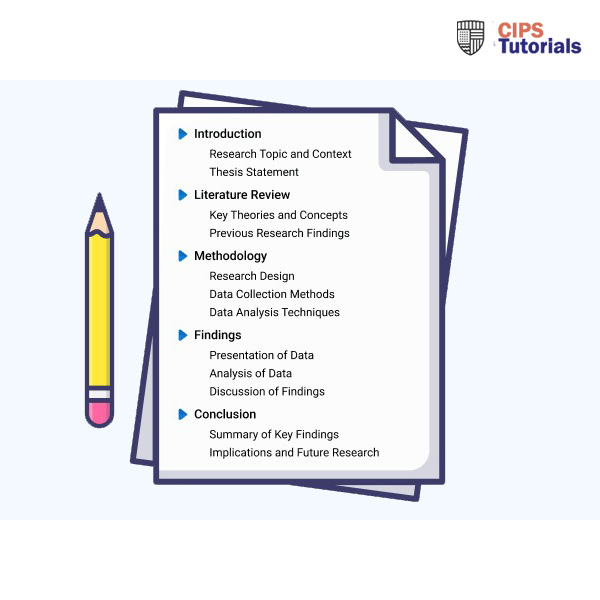-50%
Description
Related Papers
(Solution) CIPS New APCE Advanced Category Management
- In summary, this assignment has focused on evaluating the source of power and risk of an organisation contractual terms. This has been conducted through the focus of SSMC organisation which is currently being engaged in procurement of first aid materials.
- Through a series of analysis, the power and risk distribution has been evidenced as varying in different phenomenon to SSMC and their engaged suppliers. The rationale of this is that for the success of a contract, the legal provisions are critical among the involved parties with clearly set requirements to be adhered to or abstained.
- By using different tools including supplier preferencing matrix, Porter’s 5 forces and Turn-key model have been adopted for this research.
- It has been established that in most instances, SSMC has the power with majority of the risks being held by the supplier. An evaluation of the different components of the contract has been conducted with the clauses of interest including costs, quality level, time for delivery and ethics which influence the power and risk of the suppliers.
- From the analysis of stakeholders by use of the Mendelow stakeholder’s matrix and SWOT analysis, the various issues and risks represent the noted issues in procurement of the fast aid and safety measures in today COVID-19 pandemic.
- As evidenced in the Kraljic analysis, various contract terms are of strategic relevance to SSMC which affirm on its approach of holistically leveraging on contractual risk and power.
- Where the SSMC lacks a holistic balance on the risks and power, a warrant or insurance is granted for guaranteeing their safety.
(Solution) 5OS04 Question 6 (AC 2.3) major ways in which common people management practices differ between the UK and Japan
(Solution) CIPS MER Practice role in Positive Contribution to Organisational Success
In summary, this report has focused on evaluating best practice in assisting a personnel with roles in procurement and supply to develop capability to achieve value-for money outcomes with the supply chain. Also, the entire personnel linked with procurement and supply impact on success of organisation through a series of initiatives. These include effective purchasing, inventory control, expenditure management and application of strategic procurement and supply techniques with category management and strategic sourcing. By using different tools and best practice in Ericsson organisation, these areas have been evaluated in-depth. The findings indicate on the need for PS&M professionals to continuously develop their capabilities to achieve value for money outcomes in their supply chain. This is while executing different functions for positive input to their organisation success.
There are gaps identified in the findings which can be filled through the following recommendations;
- It is unclear on how collaborative relationships is achieved in the supply chain since there are multiple stakeholders with varying interests. There is hence a need for embracing technology to enhance how the relationship with all stakeholders is pursued
- The global supply chain success is impacted by external events. This creates inefficiencies in the supply chain. These could be managed by putting in place appropriate systems for increasing value for money outcomes in times of uncertainties.
- Engagement of colleagues and other internal stakeholders for promoting organisation commitment to achievement of effective supply chain management is unclear. It is hence important to consistently improve the scope of engagement for improving consistency in value for money outcomes, fair-based practice and innovation embrace

